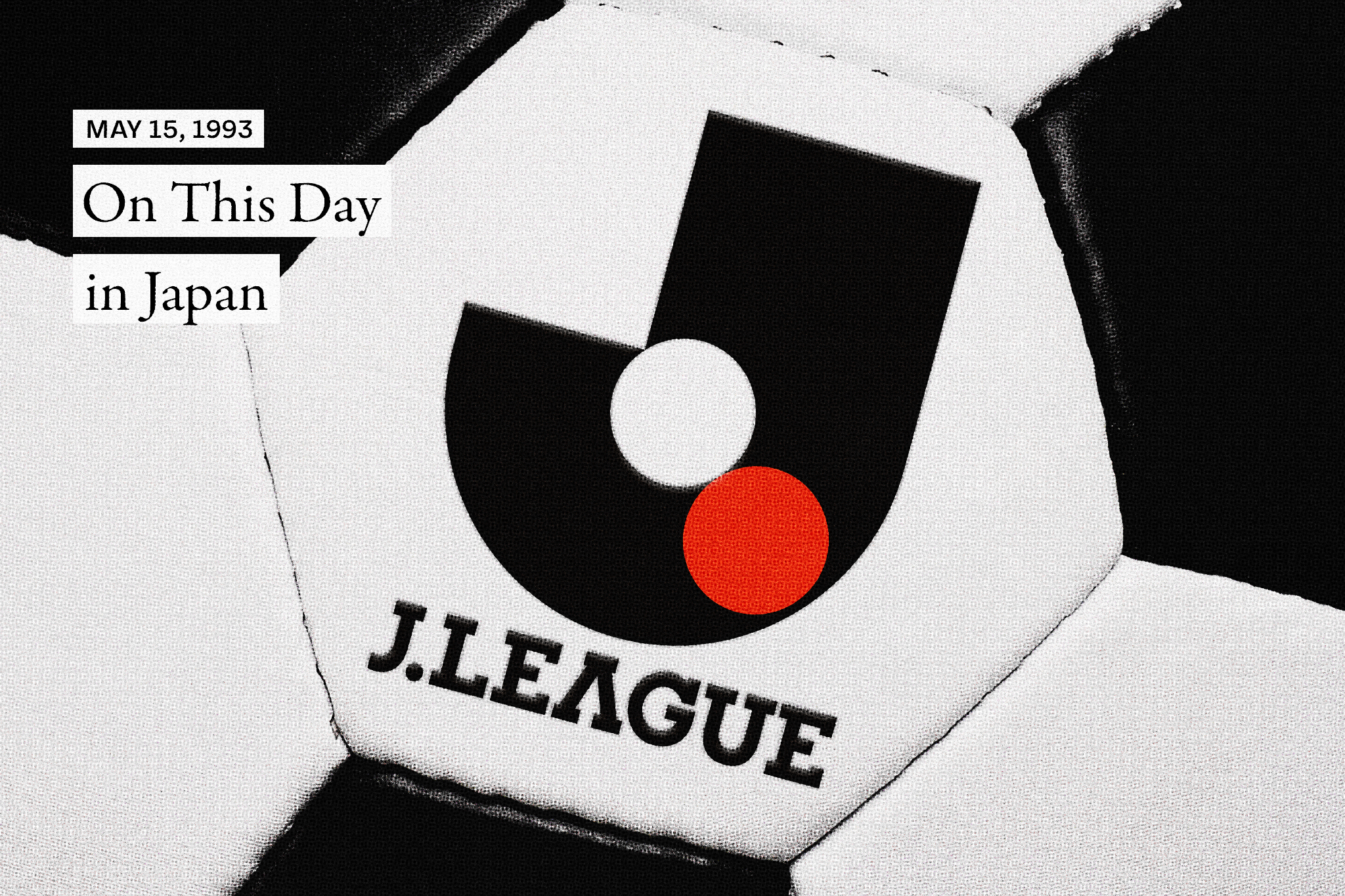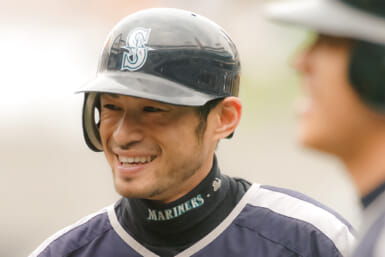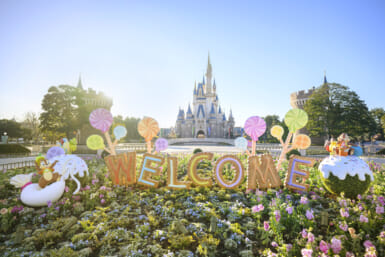On this day 30 years ago, a crowd of nearly 60,000 packed into Tokyo’s National Stadium to watch the first-ever J-League match. It ended with Yokohama Marinos defeating Verdy Kawasaki 2-1, yet this was about much more than a single game. It was a historic occasion that will never be forgotten by those who were fortunate enough to get tickets. A sport previously played by semi-pros here in front of pitiful crowds had finally gone professional. This was a new beginning, and the Japanese people were ready.
Six months earlier, Japan hosted the Asian Cup and went on to win it for the first time. It was a significant victory. They’d only previously qualified for one tournament, in 1988, when they finished bottom of their group. Momentum was building. Growing up, wannabe soccer players only had characters from the manga Captain Tsubasa to look up to. Now they had local heroes such as Kazuyoshi Miura and Masashi Nakayama to emulate. On top of that, there was a sprinkling of superstars arriving from overseas.
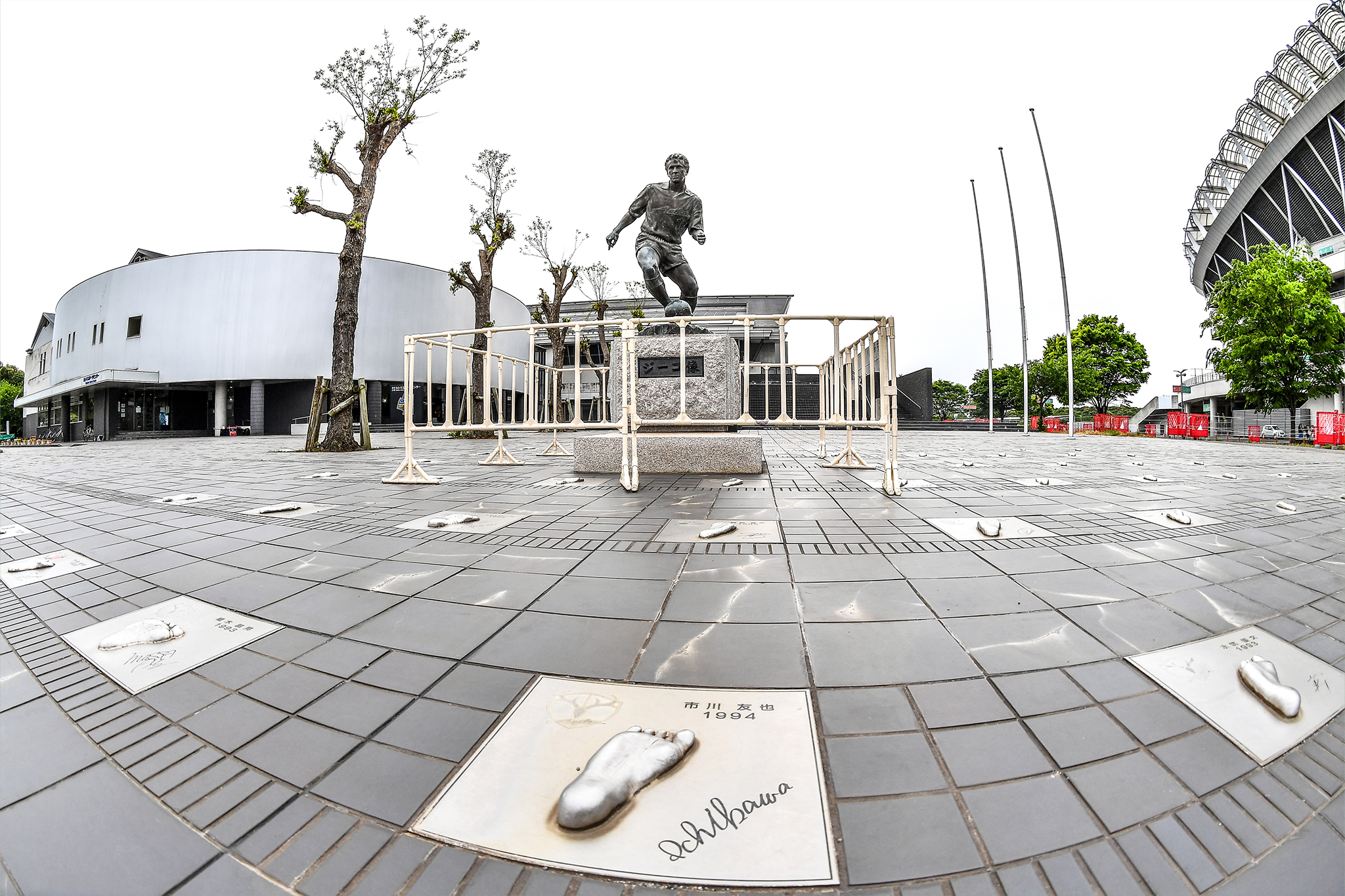
A statue of Zico outside the Ibaraki Kashima Soccer Stadium | Image by mooinblack via Shutterstock
A Galaxy of Stars
The most eye-catching name in the division was probably Zico, the Brazilian playmaker referred to as the “White Pelé” due to his outstanding technical skills and vision. Prior to the start of the J-League, he played in Japan’s second tier for Kashima side Sumitomo Metals. He finished the season as the team’s top scorer, helping them win promotion to the top flight. A legendary figure in this country, Zico scored a hat trick on the opening weekend of the J-League season as the rebranded Kashima Antlers defeated Nagoya Grampus Eight 5-0.
Playing for the opposition that afternoon was Gary Lineker, Golden Boot winner at the 1986 World Cup. It was rumored that the Nagoya-based side had agreed to a ¥1.5 billion deal to sign Diego Maradona, but then pulled out after he tested positive for cocaine. Squeaky-clean Lineker, who never got booked or sent off in his career, was a much safer alternative. His time here was marred by injury, though, and he retired in 1994. That same year, he was joined at Grampus by the little genius Dragan Stojkovic, who became one of the J-League’s most popular ever imports.
Other big-name players to join in the 1990s included World Cup winners such as Pierre Littbarski, Guido Buchwald, Dunga and Leonardo. You also had stars like the great Michael Laudrup, the Italia 90 World Cup top scorer Salvatore Schillaci and the 1994 Ballon d’Or recipient Hristo Stoichkov. Several managers also came from overseas, including, most famously, future Arsenal coach Arsène Wenger, former Tottenham and Swindon legend Ossie Ardiles and Luiz Felipe Scolari, who went on to lead Brazil to their fifth World Cup triumph in 2002.
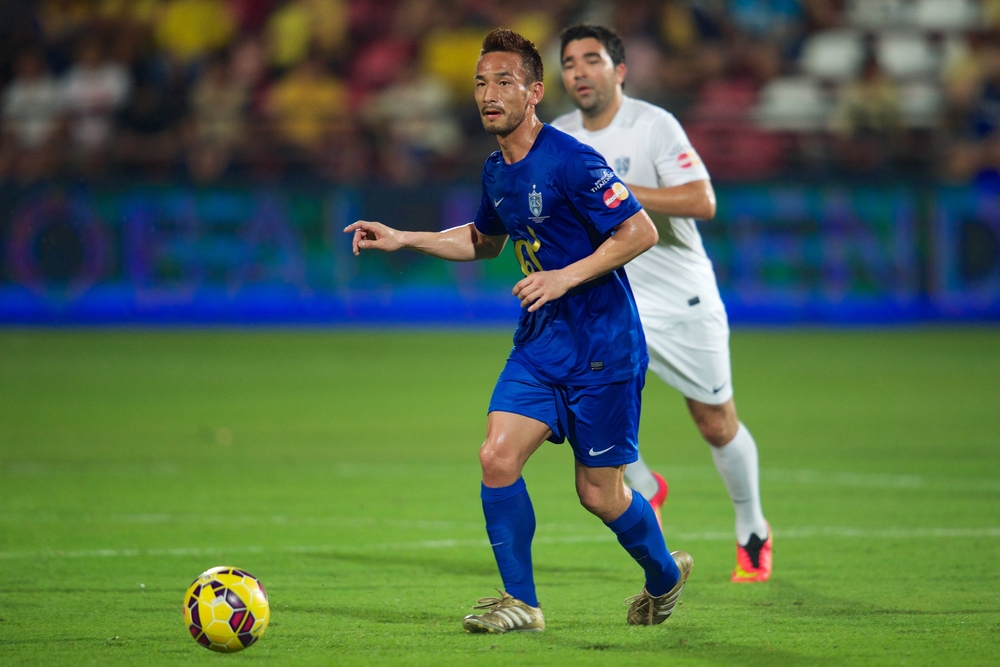
Hidetoshi Nakata was Japan’s standout performer at the 1998 World Cup | Photo by mooinblack via Shutterstock
A New Direction
Prior to the start of the J-League, the only time fans got to see high-profile players and managers here was at meaningless summer friendlies and the annual Toyota Cup final, played between the European and South American champions, for which tickets were extremely difficult to get hold of. There was, therefore, lots of excitement for locals in those first few years. However, by the mid- to late ’90s, the novelty started to wear off. Clubs no longer had the financial clout they did in the early days. They were, therefore, unable to attract high-profile players.
With attendance sliding and sponsors pulling the plug on their investments, it was looking bleak for several clubs. In 1999, Yokohama Flügels had to merge with Yokohama Marinos after going bankrupt. A change of approach was required for other teams to avoid the same thing happening to them. Rather than looking abroad for aging stars, they focused more on developing from within. Consequently, a new generation of talented players emerged. The most famous was Hidetoshi Nakata, Japan’s standout player during the country’s first-ever World Cup appearance in 1998.
A year later, J2 was launched with nine teams from the semi-professional JFL and one side relegated from the top flight. It was part of the league’s 100-Year Vision project, with the ultimate aim of having 100 pro clubs within the pyramid before the league’s centenary year. That target looks to be well on course. In the past 30 years, the number of teams has expanded from 10 to 60. There are currently three divisions, with 18 sides in the top flight. From next season, that number will increase to 20, with one side being relegated and three going up.
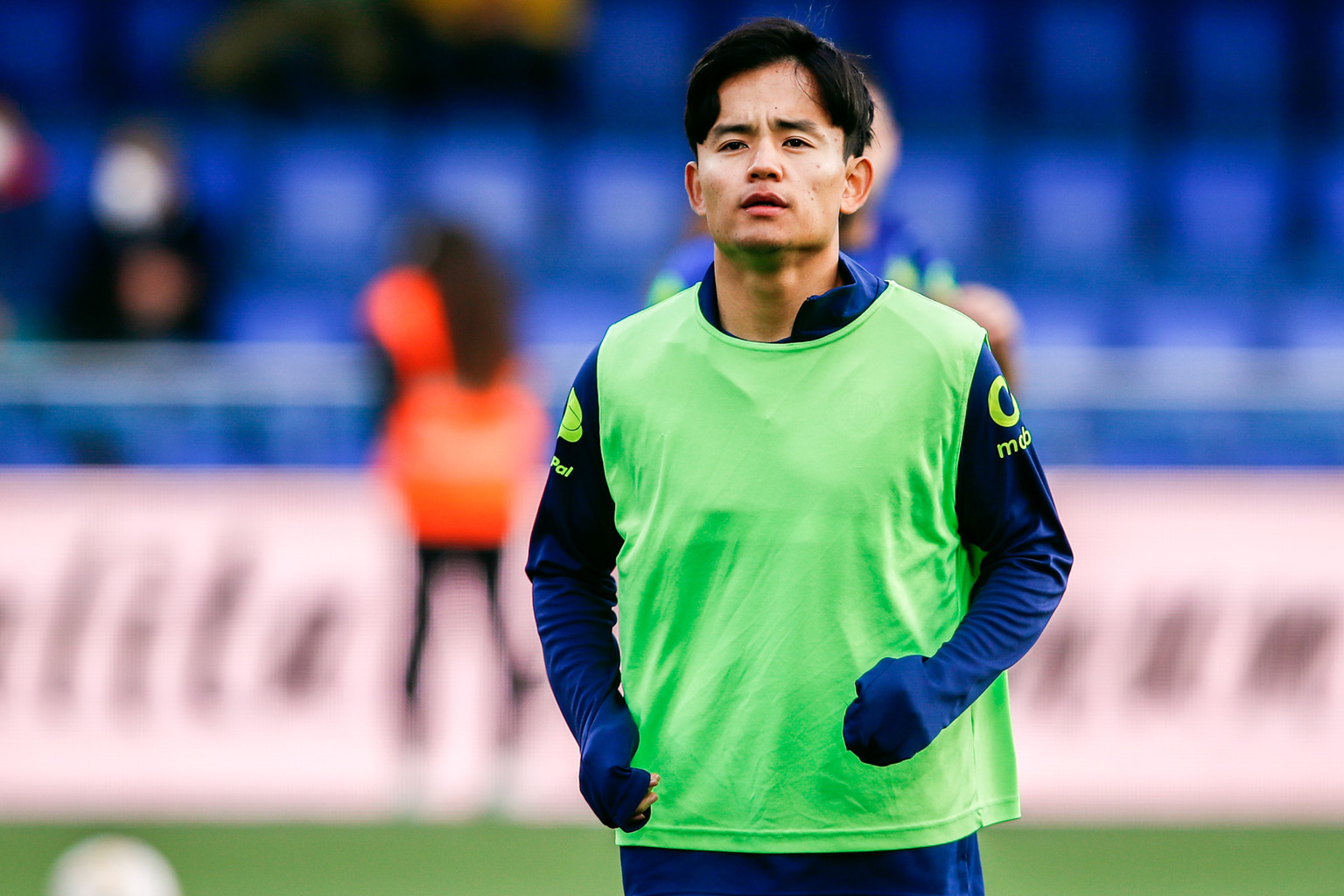
Scouts are watching the J-League searching for players like Takefusa Kubo | Image by Saolab Press/Shutterstock
Global Interest
It may not have the razzmatazz of those early days, but the J-League is in a good place right now. While it’ll never be able to compete with European leagues, it has a cult following globally and is particularly popular in Southeast Asian countries like Thailand. The top division currently gets about 5% of its broadcasting revenue from abroad, though the goal is to increase that to 10% soon. Looking to capitalize on increased international audiences, the J-League now has a global editorial team tailoring content to fans overseas. Several clubs have done something similar.
On the pitch, there’s also a lot to admire. Quality-wise, it’s far superior to what fans were served up in those early days, even if, Andrés Iniesta aside, the superstars have gone. Young Japanese players have come to the fore. As a result, an increasing number of major European clubs are scouting here. When Japan played at the 2010 World Cup in South Africa, only four members of the squad were at clubs outside the J-League. At last year’s tournament, there were 19. It’ll probably be even higher in 2026.
Three decades ago, the J-League was seen as a retirement home for established internationals out to secure one last big contract. It has since become a breeding ground for exciting young players, with scouts searching for the next Kaoru Mitoma, Takefusa Kubo or Keito Nakamura. Bayern Munich, for instance, completed the signing of 18-year-old Taichi Fukui in September 2022 for a January start after he’d played just five games for Sagan Tosu. The likes of Ryotaro Ito and Kuryu Matsuki could be the next to depart. While it must be frustrating for fans to see exciting talents leave, it reflects just how much the J-League has developed over the past 30 years.

